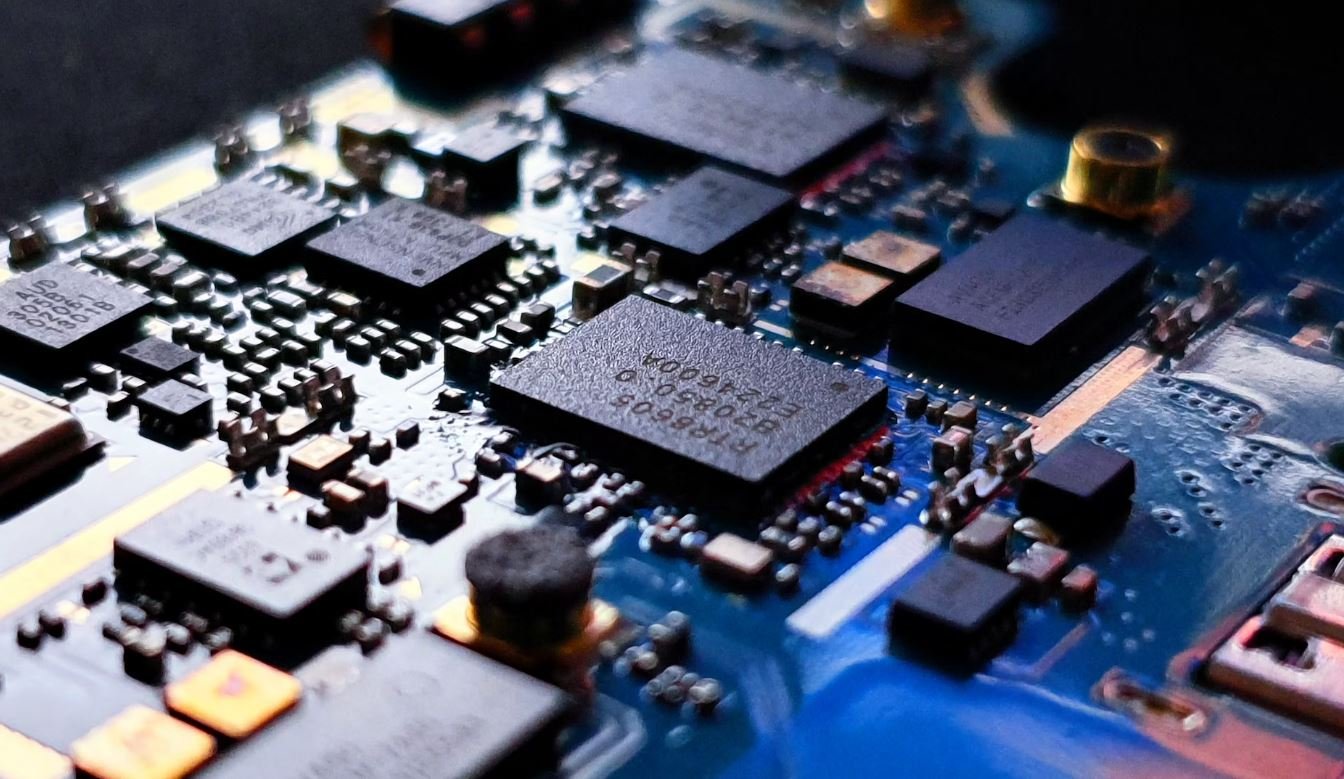Which AI Is the Smartest?
Artificial Intelligence (AI) has made significant advancements in recent years, but the question of which AI is the smartest remains a topic of debate. With different AI systems specialized in various domains, it’s essential to understand the characteristics and capabilities of each to determine their level of intelligence. In this article, we will explore some of the most advanced AIs in different fields and evaluate their level of smartness.
Key Takeaways
- The smartness of AI varies based on the domain it operates.
- Superintelligent AI is still a hypothetical concept without real-world manifestations.
- AI can reach expert or superhuman performance levels in specific tasks.
The AI Landscape: Different Types and Smartness Levels
AI systems can be classified into three broad categories: narrow AI, general AI, and superintelligent AI. Narrow AI, also known as weak AI, is designed to excel at specific tasks, such as playing chess or analyzing data. General AI, on the other hand, possesses human-like intelligence, enabling it to perform a wide range of tasks and adapt to new situations with ease. Lastly, superintelligent AI is a hypothetical form of AI that surpasses human intelligence in every aspect. *Research efforts are ongoing to develop superintelligent AI*.
AI systems can reach expert or superhuman performance levels in specific tasks, but true general AI is yet to be realized.
Leading AI Systems in Different Domains
Table 1: AI Systems in Healthcare
| AI System | Description | Key Features |
|---|---|---|
| IBM Watson | Uses natural language processing to assist in diagnosis and treatment decisions. | Advanced language understanding, medical database integration. |
| Google DeepMind | Enhances medical imaging analysis and predicts patient deterioration. | Deep learning for image recognition, patient risk assessment. |
| Babylon Health | Offers symptom triage and provides virtual consultations with doctors. | Chatbot interface, integration with healthcare providers. |
Healthcare AI systems, like IBM Watson and Google DeepMind, have revolutionized patient care by leveraging vast amounts of medical data to enhance diagnosis and treatment decisions. Babylon Health’s chatbot interface allows patients to receive instant medical advice and access virtual consultations, improving healthcare accessibility.
Table 2: AI Systems in Finance
| AI System | Description | Key Features |
|---|---|---|
| Quantitative Hedge Funds | Use complex algorithms to analyze vast amounts of financial data for investment decisions. | Pattern recognition, predictive analytics. |
| Robo-Advisors | Automate investment advice based on individual risk profiles and market conditions. | Algorithmic investment strategies, personalized portfolio management. |
| Fraud Detection Systems | Identify and prevent fraudulent financial transactions in real time. | Machine learning, anomaly detection. |
*Quantitative hedge funds and robo-advisors* utilize AI algorithms to make investment decisions and provide personalized advice to individual investors. Fraud detection systems, equipped with machine learning capabilities, contribute to maintaining the security and integrity of financial transactions.
Table 3: AI Systems in Transportation
| AI System | Description | Key Features |
|---|---|---|
| Tesla Autopilot | Enables semi-autonomous driving and advanced driver assistance in Tesla vehicles. | Object detection, lane keeping, adaptive cruise control. |
| Waymo | Develops self-driving technology and operates autonomous ride-hailing services. | Lidar-based perception, machine learning for driving decisions. |
| UBER ATG | Creates autonomous vehicles and implements self-driving technology in ride-sharing services. | Real-time mapping, autonomous navigation. |
In the transportation sector, AI plays a vital role in enabling autonomous driving and enhancing transportation efficiency. Companies like Tesla, Waymo, and Uber ATG are at the forefront of developing self-driving technologies, making significant progress in advancing AI capabilities in the field.
*The applications of AI in various domains continue to expand and evolve*, signaling a promising future with smarter AI systems that can solve complex problems and improve human experiences.

Common Misconceptions
Misconception 1: AI with human-like features is the smartest
One common misconception is that AI systems that mimic human behavior or appearance are the smartest. While a visually appealing AI may give the impression of being highly intelligent, the level of intelligence within AI is not determined by its appearance.
- AI can be highly intelligent even without human-like features
- Appearance does not guarantee the intelligence of an AI system
- AI’s intelligence is determined by its algorithms and capabilities, not its appearance
Misconception 2: The largest AI system is the smartest
Another misconception is that the size of an AI system determines its level of intelligence. It is often assumed that larger AI systems must be smarter due to having more processing power or data. However, intelligence is not solely dependent on the size of the AI system.
- Smaller AI systems can be highly intelligent and specialized in specific tasks
- The size of an AI system does not guarantee its superiority over smaller counterparts
- Intelligence is determined by the AI system’s algorithms and ability to process information effectively
Misconception 3: AI that can do everything is the smartest
There is a misconception that an all-in-one AI system capable of performing various tasks is the smartest. While versatility is impressive, the ability to accomplish multiple tasks does not automatically make an AI system the smartest.
- Specialized AI systems can outperform general-purpose AI systems in their respective fields
- Intelligence varies based on the AI’s ability to excel in specific tasks, not its general capabilities
- Depth of knowledge and understanding within a specialized AI system often surpasses a general-purpose AI
Misconception 4: AI that can beat humans in specific tasks is the smartest
It is commonly misunderstood that an AI system that outperforms humans in a specific task is the smartest AI. While AI systems can excel in tasks that rely on data or computational power, superiority in one area does not equate to overall intelligence.
- AI’s intelligence is not limited to its performance in a single task
- Smartness should be evaluated holistically, considering multiple cognitive abilities
- AI’s capabilities across various domains determine its overall intelligence
Misconception 5: The AI system that learned the fastest is the smartest
There is a misconception that an AI system that learns quickly is the smartest AI. Rapid learning ability may indicate adaptability, but it does not solely determine the overall intelligence of an AI system.
- Smartness is not solely dependent on learning speed
- The quality of learning and ability to apply knowledge play crucial roles in intelligence
- An AI system that learns fast but lacks comprehension may not be as intelligent as one that learns gradually but possesses deeper understanding

Table: AI Development Timeline
Explore the timeline of AI development, showcasing significant breakthroughs and advancements.
| Year | Development |
|---|---|
| 1956 | The birth of AI at the Dartmouth Conference |
| 1997 | IBM’s Deep Blue defeats world chess champion Garry Kasparov |
| 2011 | IBM’s Watson wins Jeopardy! against top human competitors |
| 2016 | AlphaGo defeats world Go champion Lee Sedol |
| 2019 | OpenAI’s GPT-2 generates human-like text |
Table: AI Applications
Discover the diverse range of applications where AI technology is being implemented.
| Industry | AI Application |
|---|---|
| Healthcare | AI-powered diagnostics and medical imaging |
| Finance | Smart investment algorithms and fraud detection systems |
| Transportation | Self-driving cars and traffic management systems |
| E-commerce | Personalized recommendations and customer chatbots |
| Entertainment | AI-generated music and movie recommendations |
Table: AI Models Comparison
Compare different AI models based on their architecture and capabilities.
| AI Model | Architecture | Capabilities |
|---|---|---|
| Convolutional Neural Network (CNN) | Layered structure inspired by the visual cortex | Superior in image and video analysis |
| Recurrent Neural Network (RNN) | Allows information to persist through previous inputs | Highly efficient in natural language processing |
| Generative Adversarial Network (GAN) | Two networks compete to generate realistic content | Used for image synthesis and creative tasks |
Table: AI Ethics Framework
Highlight key principles and considerations for ethical AI development.
| Ethical Consideration | Guiding Principle |
|---|---|
| Transparency | AI systems should be explainable and open to scrutiny |
| Fairness | Avoid biases and ensure equal opportunities for all |
| Privacy | Protect user data and respect privacy rights |
| Accountability | Establish responsibility for AI system actions |
Table: AI vs Human Performance
Compare the capabilities of AI systems against human performance benchmarks.
| Task | AI System Performance | Human Performance |
|---|---|---|
| Image Recognition | 99.9% accuracy | Typically 95-98% accuracy |
| Speech Recognition | Over 95% accuracy | Varies, but generally around 90% accuracy |
| Language Translation | Significant improvements, nearing human-level accuracy | Varies by language pair but generally lower accuracy than AI |
Table: AI Investments by Country
Analyze the countries leading in AI investments and research.
| Country | AI Investment ($ billions) |
|---|---|
| China | $70.9 |
| United States | $35.4 |
| United Kingdom | $14.4 |
| Germany | $6.1 |
| Canada | $3.9 |
Table: AI Job Market
Explore the demand and salary range of AI-related job roles.
| Job Role | Demand (2019-2021) | Average Salary Range |
|---|---|---|
| Data Scientist | High demand | $100,000 – $150,000 per year |
| Machine Learning Engineer | High demand | $120,000 – $180,000 per year |
| AI Ethics Specialist | Emerging demand | $90,000 – $130,000 per year |
Table: AI and Job Automation
Examine the potential impact of AI on job automation in different sectors.
| Sector | Percentage of Jobs at Risk |
|---|---|
| Manufacturing | 30% |
| Transportation | 25% |
| Customer Service | 45% |
| Finance | 15% |
| Healthcare | 20% |
Table: AI and Research Publications
Examine the number of research publications related to AI in recent years.
| Year | Number of Publications |
|---|---|
| 2018 | 96,366 |
| 2019 | 117,709 |
| 2020 | 132,607 |
In this captivating article, we delve into the fascinating world of artificial intelligence (AI) and explore the question of which AI is the smartest. Through various tables, we uncover the timeline of AI development, showcasing significant milestones. Furthermore, we shed light on the diverse applications where AI technology is being implemented, ranging from healthcare to entertainment.
Additionally, we compare different AI models based on their architecture and capabilities, highlighting their specific strengths. Ethics in AI development is a crucial aspect, and we provide an overview of key principles and considerations. The tables also offer insights into AI system performance compared to human benchmarks, AI investments by countries, and the potential impact of AI on job automation in various sectors.
Lastly, we examine the demand and salary range of AI-related job roles and explore the growth of research publications in the field of AI in recent years. Through this comprehensive analysis, we gain a deeper understanding of the intelligence of different AI systems and their impact on various aspects of society.
Frequently Asked Questions
Which AI Is the Smartest?
What is artificial intelligence?




